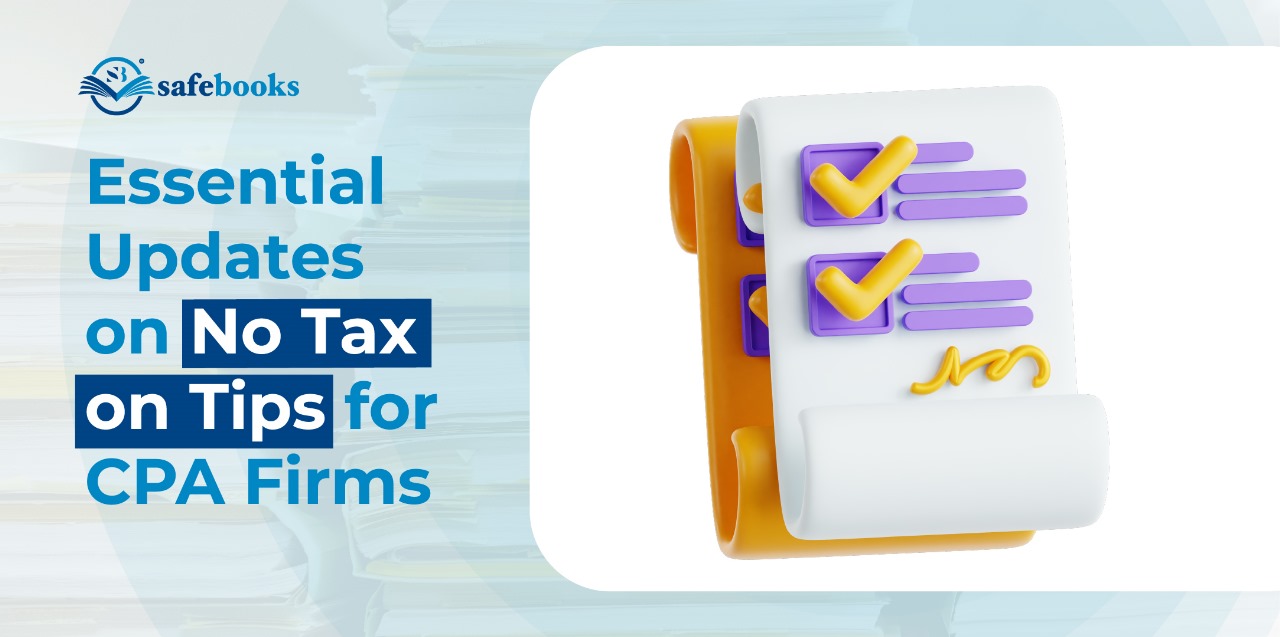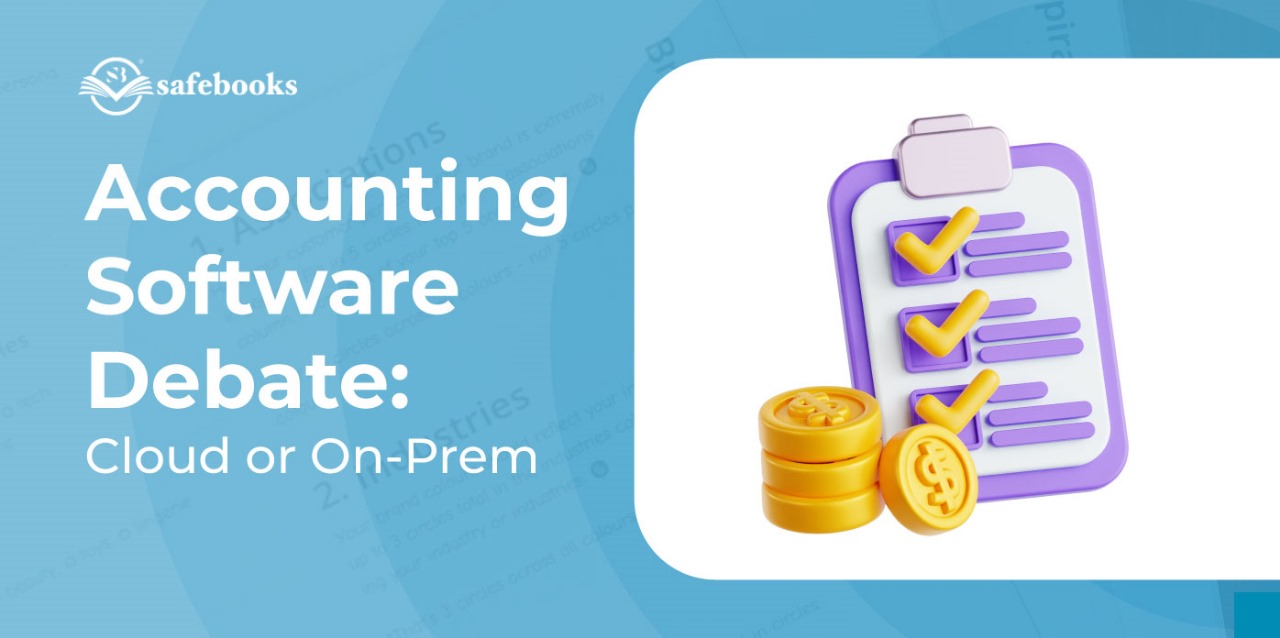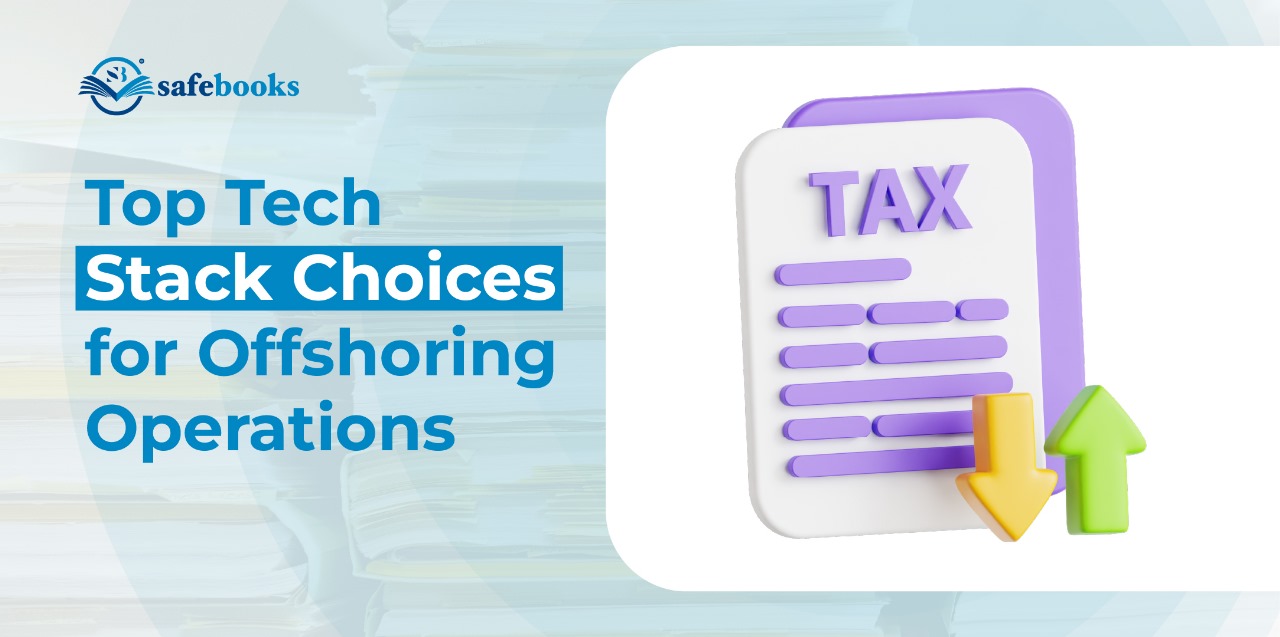Why ROI Matters in Remote Accounting
The U.S. accounting profession is undergoing rapid change. According to the Journal of Accountancy, more than 300,000 accountants left the profession between 2019 and 2021, creating a shortage that continues to affect firms across the country (source). Combined with rising labor costs and increased compliance demands, many firms are rethinking how they structure their accounting teams.
For this reason, remote accounting services are becoming a strategic option. But the most important question is not whether outsourcing works; it is how much you can realistically save.
This guide provides a step-by-step ROI calculator that shows how to measure cost savings and factor in hidden benefits, while also addressing common outsourcing risks.
Step 1: Map the True Cost of In-House Accounting
Start with a clear picture of what your internal accounting team actually costs. Beyond salaries, you need to include:
- Salaries and benefits (U.S. CPAs average $77,000 to $90,000 annually)
- Office space, IT infrastructure, and accounting software
- Overtime costs during tax season
- Recruitment, onboarding, and training
For many firms, these costs easily exceed six figures annually. Comparing them with outsourced bookkeeping makes the potential savings more tangible.
Step 2: Compare with Outsourced Costs
Remote accounting providers, particularly those with teams in India, typically reduce costs by 30 to 60 percent. Savings usually come from:
- Lower offshore salaries
- No additional overhead for office and benefits
- Flexible contracts that scale with seasonal demand
Accounting firms facing seasonal workloads often turn to back-office outsourcing to maintain quality without over-hiring.
Step 3: Factor in Hidden Value Drivers
ROI goes beyond salaries. Outsourcing brings additional advantages that amplify savings:
- Time zone advantage with work delivered overnight
- On-demand scalability during peak periods
- Cloud-first workflows that reduce software expenses
- Compliance assurance with U.S.-aligned experts
Turnover costs should also be considered. Replacing an employee can cost up to 50% of their annual salary, according to SHRM. Outsourcing helps stabilize teams and avoid this expense. SafeBooks has also detailed its data protection practices to mitigate one of the biggest client concerns: security.
Step 4: Apply the Remote Accounting ROI Formula
With both cost sets in hand, the ROI calculation is straightforward:
ROI = (In-House Cost – Outsourced Cost) ÷ Outsourced Cost × 100
Example:
- In-house cost: $60,000/year
- Outsourced cost: $20,000/year
- ROI = (60,000 – 20,000) ÷ 20,000 × 100 = 200 percent ROI
A deeper look at outcomes from dedicated models is outlined in SafeBooks’ article on why outsourcing makes business sense.
Step 5: Account for Long-Term Strategic Benefits
Long-term ROI compounds through:
- Lower employee turnover and reduced burnout
- Faster reporting cycles, some firms report closing books 50% faster, freeing up dozens of staff hours each month
- Improved cash flow visibility with real-time AR/AP management
- The ability to expand into Client Advisory Services (CAS), moving beyond transactional bookkeeping into higher-value advisory
Outsourcing is increasingly seen not only as a cost-saving tool but as a path to grow accounting and compliance services.
Mitigating Common Outsourcing Risks
Addressing challenges directly strengthens the business case for outsourcing.
- Quality Control: Leading providers assign U.S.-aligned review managers and maintain strict workflows.
- Communication Barriers: Structured handoffs and overlapping hours help ensure clarity across time zones.
- Security Concerns: SOC 2 and ISO-certified processes, encryption, and limited data access safeguard financial records.
SafeBooks has published specific insights on security and compliance in offshore staffing for firms evaluating risk.
Expert Insight
“When clients ask about ROI, I emphasize that it extends beyond payroll savings. The real advantage comes from freeing leadership to focus on growth and client service. One U.S. firm cut costs by 40 percent while reducing its month-end close from ten days to three.”
– Anshul Agrawal
Accounts Director (CA)at SafeBooks Global
Key Takeaways
Here are the most important insights firms should keep in mind when evaluating remote accounting ROI:
- Outsourcing reduces accounting costs by 20 to 60 percent.
- ROI is strengthened by productivity gains, compliance alignment, and technology integration.
- Many firms see 100 percent or greater ROI in their first year.
- Long-term benefits include faster reporting, improved retention, and expanded advisory services.
Turning ROI Into a Growth Strategy
Calculating ROI is not just about cutting costs. It helps firms decide how to scale smarter, deliver more value to clients, and build resilience in a talent-constrained market.
Remote accounting has shifted from being a temporary solution to a core strategy for competitive firms. Those who adopt it early gain the combined advantage of reduced costs, improved processes, and expanded capacity.
If your team is stretched thin or profitability is under pressure, now is the time to calculate your numbers. Use this ROI framework as a guide and compare it with what SafeBooks Global offers.
When you are ready, Connect with SafeBooks for a tailored ROI projection that shows exactly how outsourcing can reshape your cost structure and support long-term growth.
FAQS
How do I know if outsourcing is right for my firm?
If hiring challenges, rising costs, or seasonal peaks are slowing growth, outsourcing can deliver measurable savings.
What about data security?
Trusted providers follow global compliance standards. SafeBooks explains its framework in this article on data security and offshore staffing.
Will outsourcing affect communication with clients?
Most providers structure communication workflows to ensure U.S. teams remain the primary client contact, while offshore teams support behind the scenes.
How much can my firm realistically save?
Remote accounting providers, particularly those with teams in India, typically reduce costs by 30 to 60 percent.
Beyond cost savings, what other benefits should I expect?
-

Director (CA)
Anshul is a detail-driven Chartered Accountant who works closely with CPA firms and small businesses to deliver high-impact accounting solutions. With a decade of hands-on experience in U.S. taxation, audits, and workflow optimization, he ensures every client receives consistent, quality-driven support from SafeBooks’ global team.




